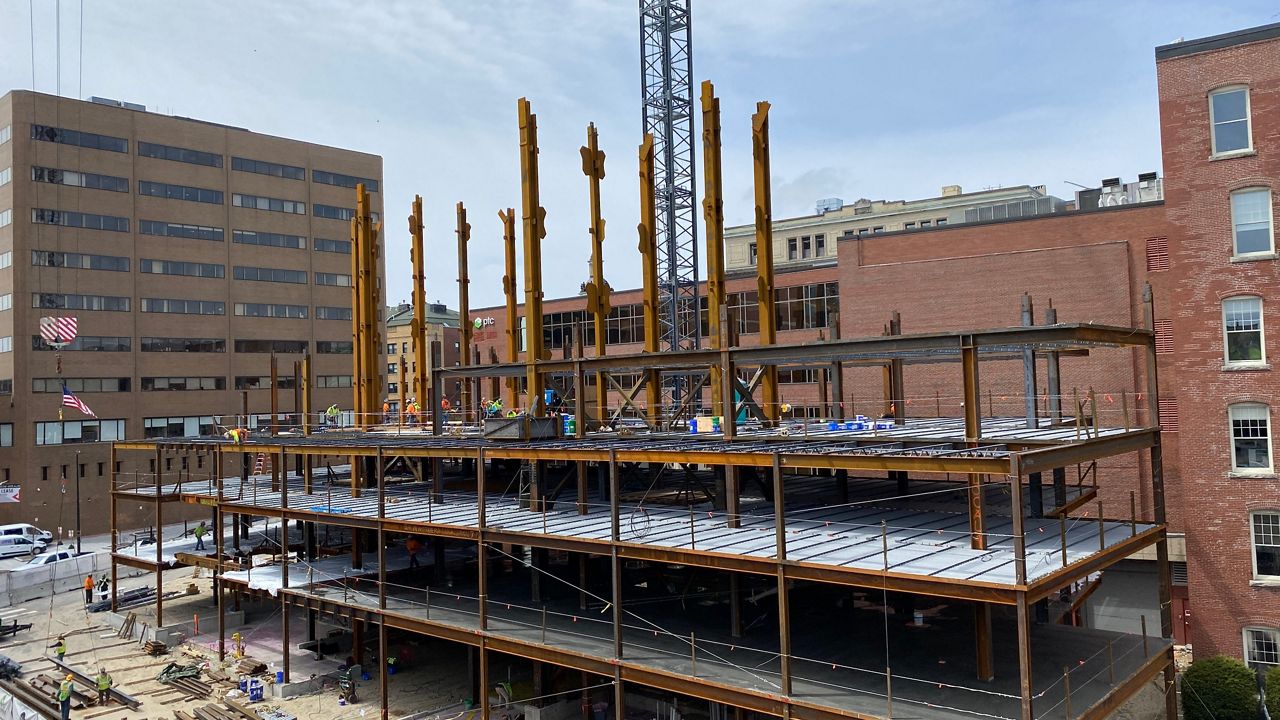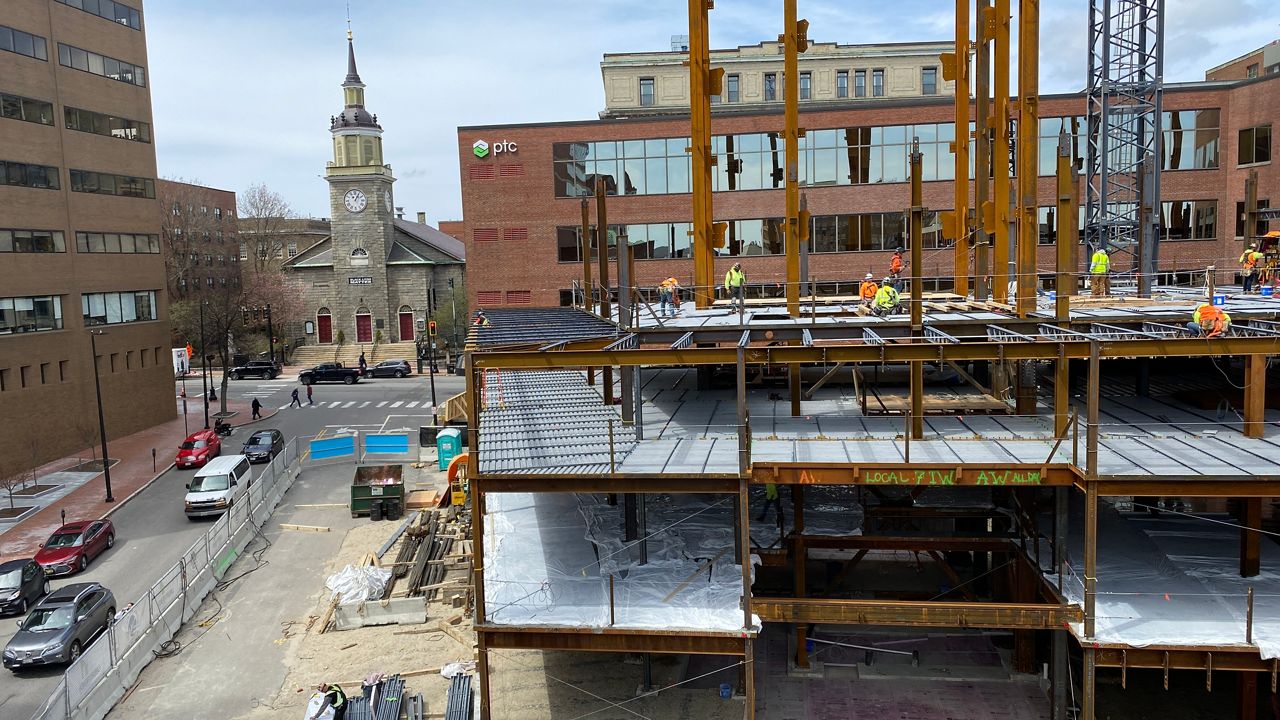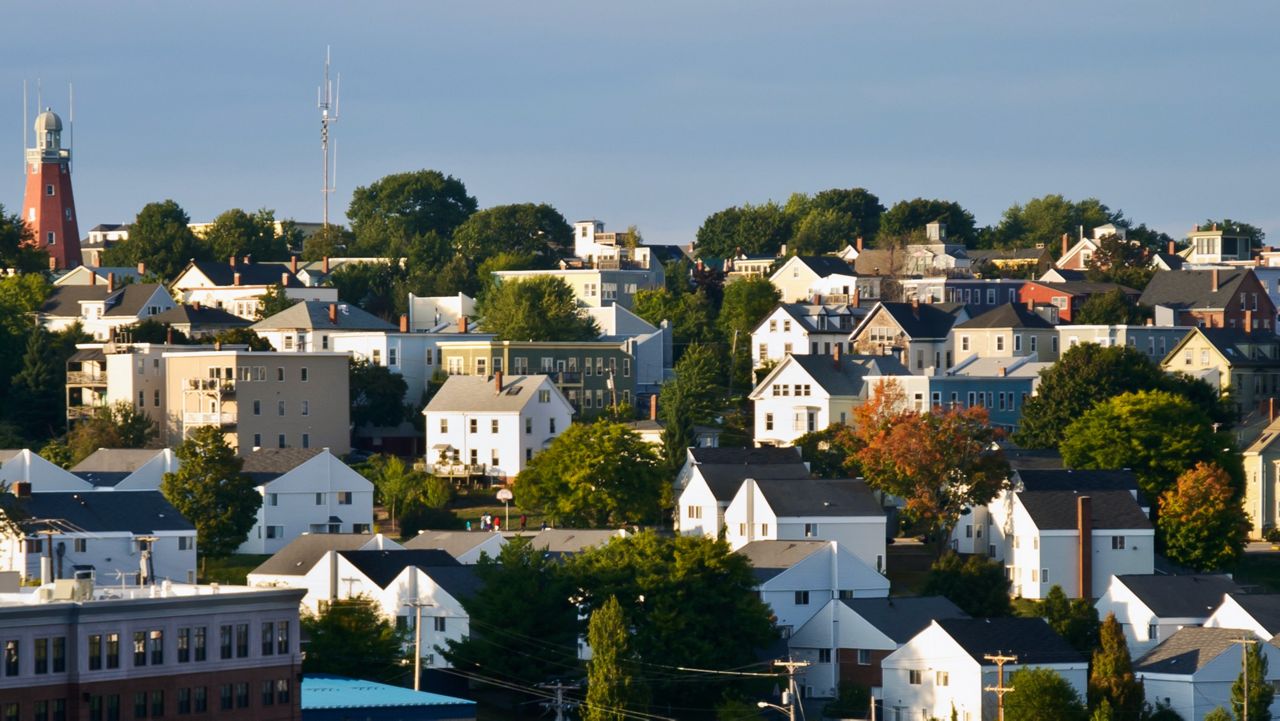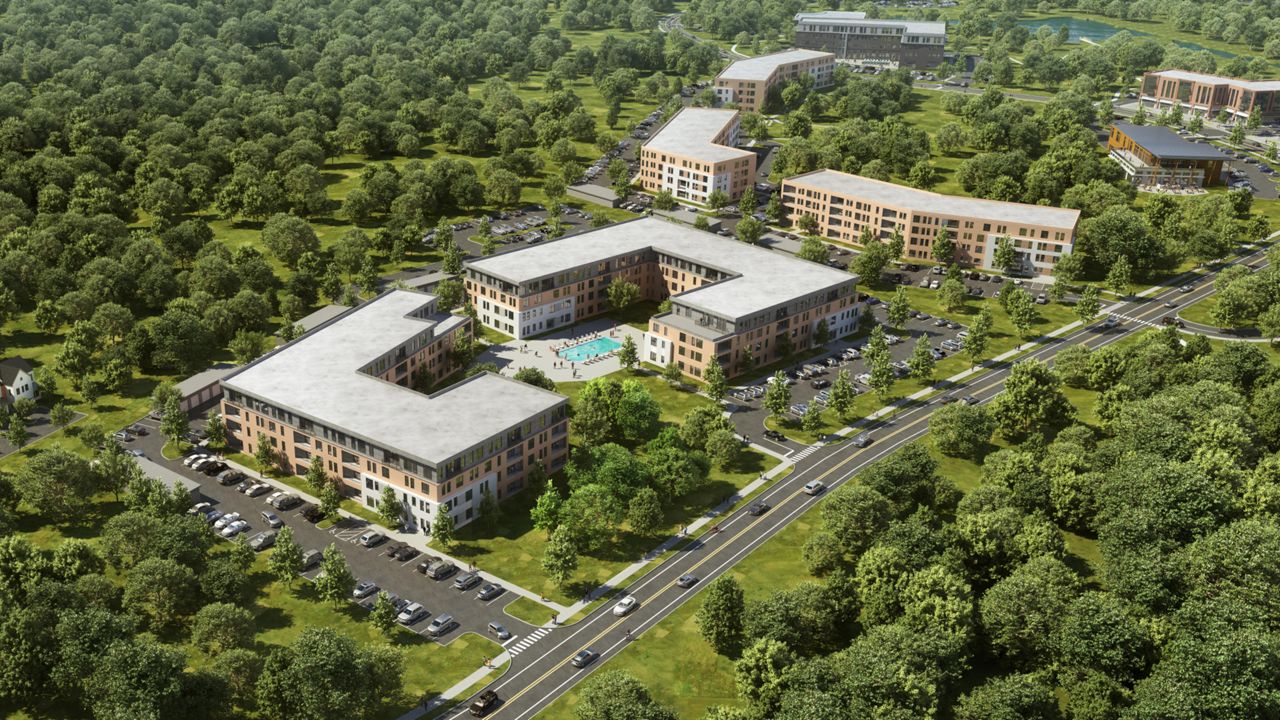Jonathan Culley, one of Portland’s largest market-rate housing developers, has several new projects in the works, including renovating the old Mercy Hospital building on State Street into housing and the continued construction of a new apartment building on Federal Street that’s expected to be the city’s tallest structure.
But his latest acquisition, the former New England Telephone building at 45 Forest Avenue, is likely to be his last in Portland focused on rental development. Culley said he won’t be developing any new rental housing due to a city ordinance change that requires builders to include a certain amount of reduced-rate workforce housing in their projects.
“Ground-up, for rents, new development is done in Portland,” he said. “The economics are not viable right now.”

Culley isn’t alone in his assessment. The CEO of an affordable housing nonprofit, a senior member of Maine’s developers’ association and one Portland city official all agree that recent ordinance changes could drive market-rate rental development out of the city — leaving a lopsided market that, in the end, won’t resolve the city’s affordable housing crisis.
At issue is what the city of Portland calls its inclusionary zoning clause, a change to local law dating back to 2015. The clause requires anyone building an apartment complex with 10 units or more to designate 10% of those units as “workforce housing.” The city expects workforce housing to be affordable to anyone making up to 100% of the Greater Portland area’s median income, according to Kevin Kraft, Portland’s deputy planning director.
When the zoning clause was implemented, Kraft said, the city was focused on ways to develop more affordable workforce housing in the city. In fact, he said, providing affordable workforce housing remains a key provision of the city’s comprehensive plan. The city uses the broader area median income, he said, to attract middle-class workers, including teachers and nurses, to Portland.
“We are the major metropolitan location in Maine. It’s generally the jobs hub. We are trying to create housing for a variety of people,” he said.
Those restrictions, however, became stronger last fall when a citizen’s initiative known as Portland’s Green New Deal passed in November 2021. A provision in the Green New Deal now requires 25% of units in new apartment buildings to be workforce housing, affordable to residents making up to 80% of the area’s median income.
That area income, according to the city’s website, is just under $71,000 for a single-income household and just under $81,000 for a two-income household. According to data provided by Kraft, the city requires the monthly rent for a single-bedroom workforce housing apartment to be capped at $1,398.75, based on the current 80% of area median income.
That’s hard for developers like Culley to work with. Right now, he said, he is planning to charge market rates for one-bedroom apartments, which range from $1,600 to $2,000 a month in Portland. The Federal Street project, which will have 263 units, and the Mercy Hospital project, which he expects will have 165 units, were approved before the ordinance change and thus still fall under the 10% rule.

The Forest Avenue building, however, will have 81 apartments, and under the new rules, Culley has to dedicate 21 of those apartments to workforce housing — at a significantly lower rent — to align with the new ordinance passed last fall. If Culley fails to comply, he won’t receive any further permits to build in the city.
“We can’t afford to subsidize the rent,” he said. “It’s not the developer who says, ‘Oh, I’ll just take a smaller profit.’ The banks aren’t willing to say that, and the capital investors aren’t either.”
Culley isn’t the only developer looking outside of Portland due to the ordinance change. Gary Vogel, past president and current board member of the Maine Real Estate Developers Association, said the 25% requirement isn’t sustainable.
“What we’re hearing from developers is that projects don’t work on that level,” he said.
Nationwide, Vogel said, requiring 10 to 15% of rental units to be priced as workforce housing is normal, while 20% is considered the upper limit. He said he didn’t know any community with a requirement as high as 25%.
“That level of housing affordability requirement without incentive for developers to (comply) may be an outlier in the country,” he said.
The exodus of market-rate development could exacerbate the state’s affordable housing crisis, according to Dana Totman, president and CEO of Avesta Housing. He said statewide, about 50% of his organization’s properties are senior housing. The rest, he said, are affordable housing units that, ideally, function as stepping stone properties. People who otherwise have nowhere to go, live in Avesta’s properties until they get back on their feet financially and are able to move.
But in Portland, Totman said, there are nearly no market-rate units available now, and if developers look elsewhere for future projects, no one living in subsidized affordable housing now will be able to move out, not without leaving the city.
“If there isn’t an increased supply of apartments, there’s going to be slower turnover,” he said.
Totman said his concerns about a lopsided market drove him to take part, in 2015, in discussion groups that ultimately led to the inclusionary zoning clause. He said he agreed at the time with the 10% requirement, but he was not part of the 2021 citizens’ initiative.
“I don’t know what the 25% is based on. I never saw those numbers,” he said.
Kraft said it’s too soon to ultimately know what the new rules would do to development citywide, but he agreed that any community, including Portland, needs a mix of both subsidized and market-rate housing.
“That is a critical planning philosophy,” he said.







